A Terra-Cotta Monument to Music: The Architecture of the Brooklyn Academy of Music
Manhattan likes to think it’s the be-all-and-end-all of culture, but we’ve got them beat.

Editor’s note: This story originally ran in 2011 and has been updated. You can read the previous post here.
Manhattan likes to think it’s the be-all-and-end-all of culture, but we’ve got them beat. The Brooklyn Academy of Music is America’s oldest performing arts center, founded in 1861.
Ok, it wasn’t at this spot, or in this building at 30 Lafayette Avenue, but we still have the props. The original BAM, built in 1859, was on Montague Street, then the business and cultural hub of Brooklyn.
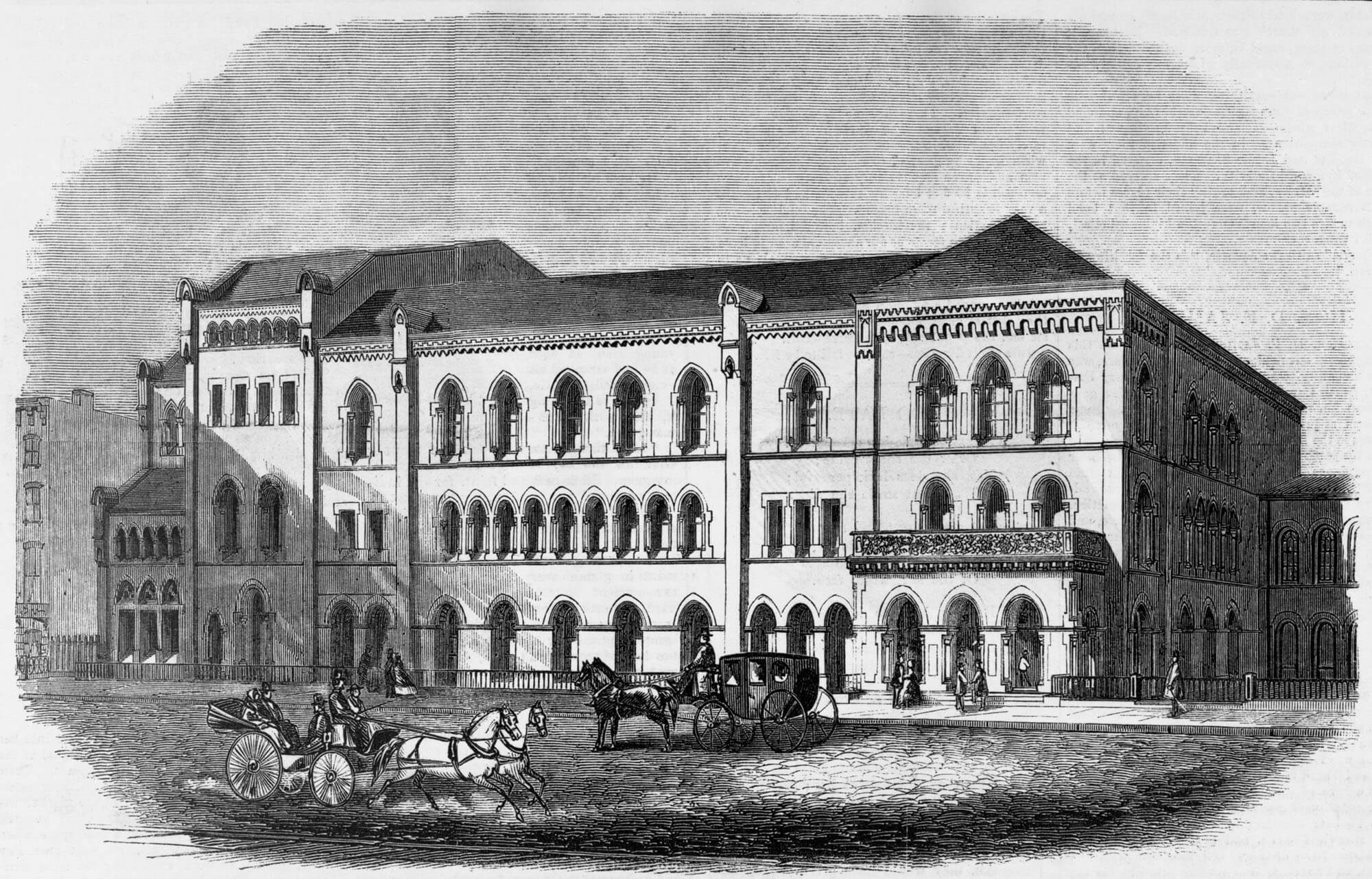
That building burned in one of the area’s more spectacular fires in 1903, and when the decision to rebuild it was made, it was decided to go all out in an effort to show Brooklyn’s pride, which had taken a big hit when the city was absorbed into greater New York City.
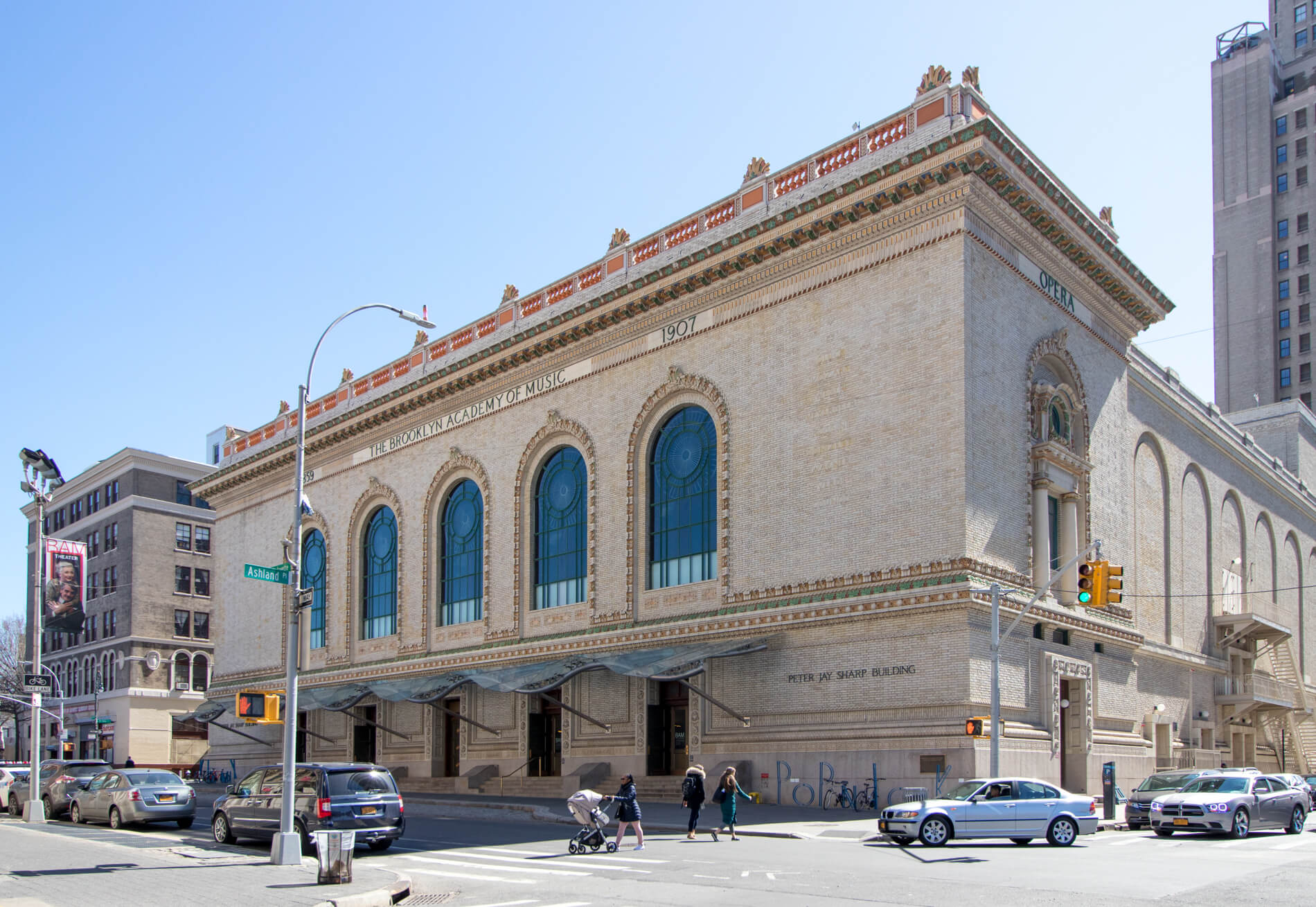
After a design competition, the city fathers decided to award Henry Herts and Hugh Tallant the contract to design the new BAM. Herts & Tallant were among the best theater designers in the city, responsible for some truly great spaces, such as the Art Nouveau masterpiece the New Amsterdam Theater, which was designed in 1903, the same year they designed the Lyceum Theater, considered by many architectural historians to be the most beautiful theater in the city.
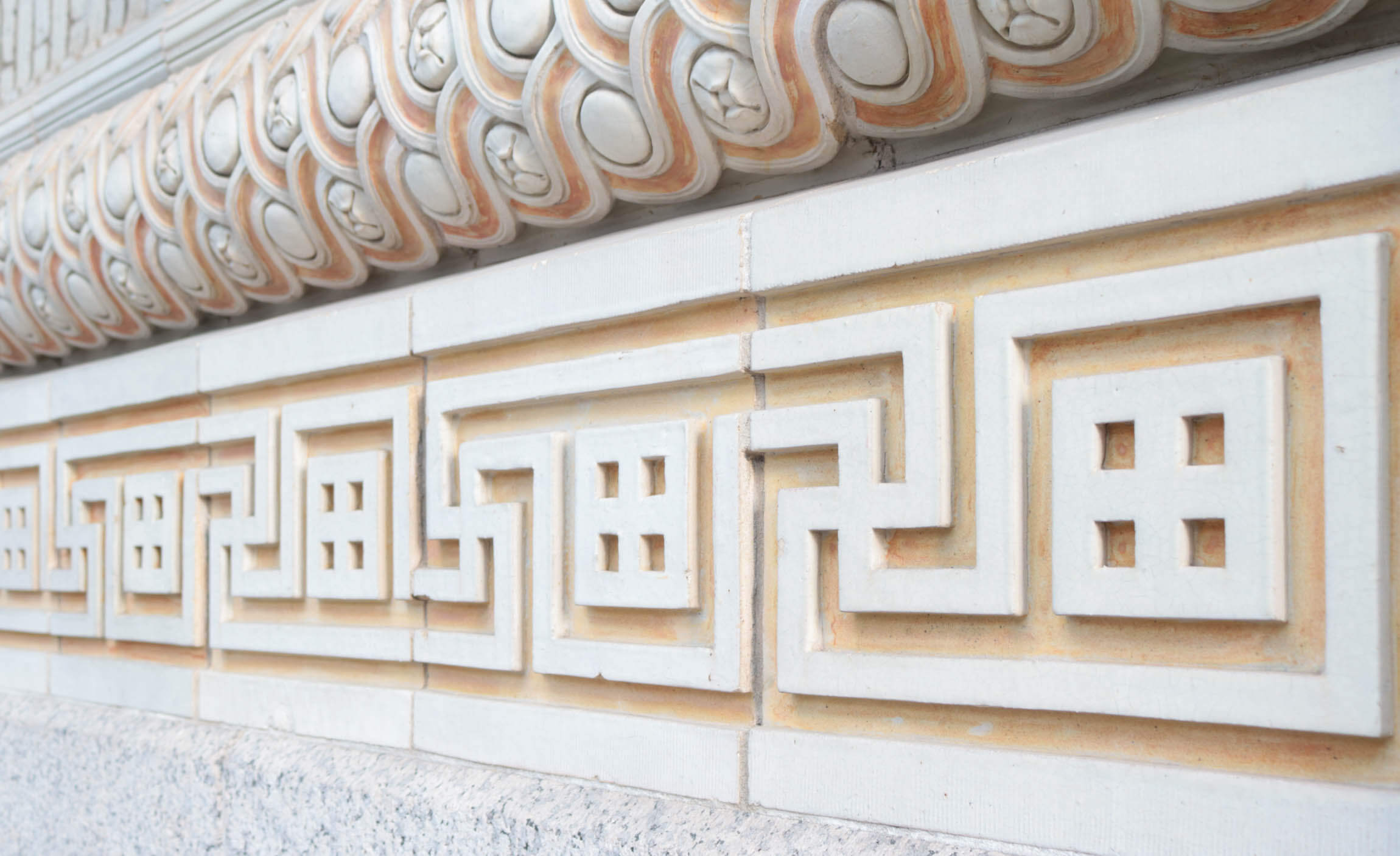
BAM was designed to be not just a concert hall, but a complete cultural center, with an opera house, a theater, a lecture hall and office space, all linked at the ground floor level by a common lobby and above, a common foyer that could be converted into a banquet hall or ballroom.
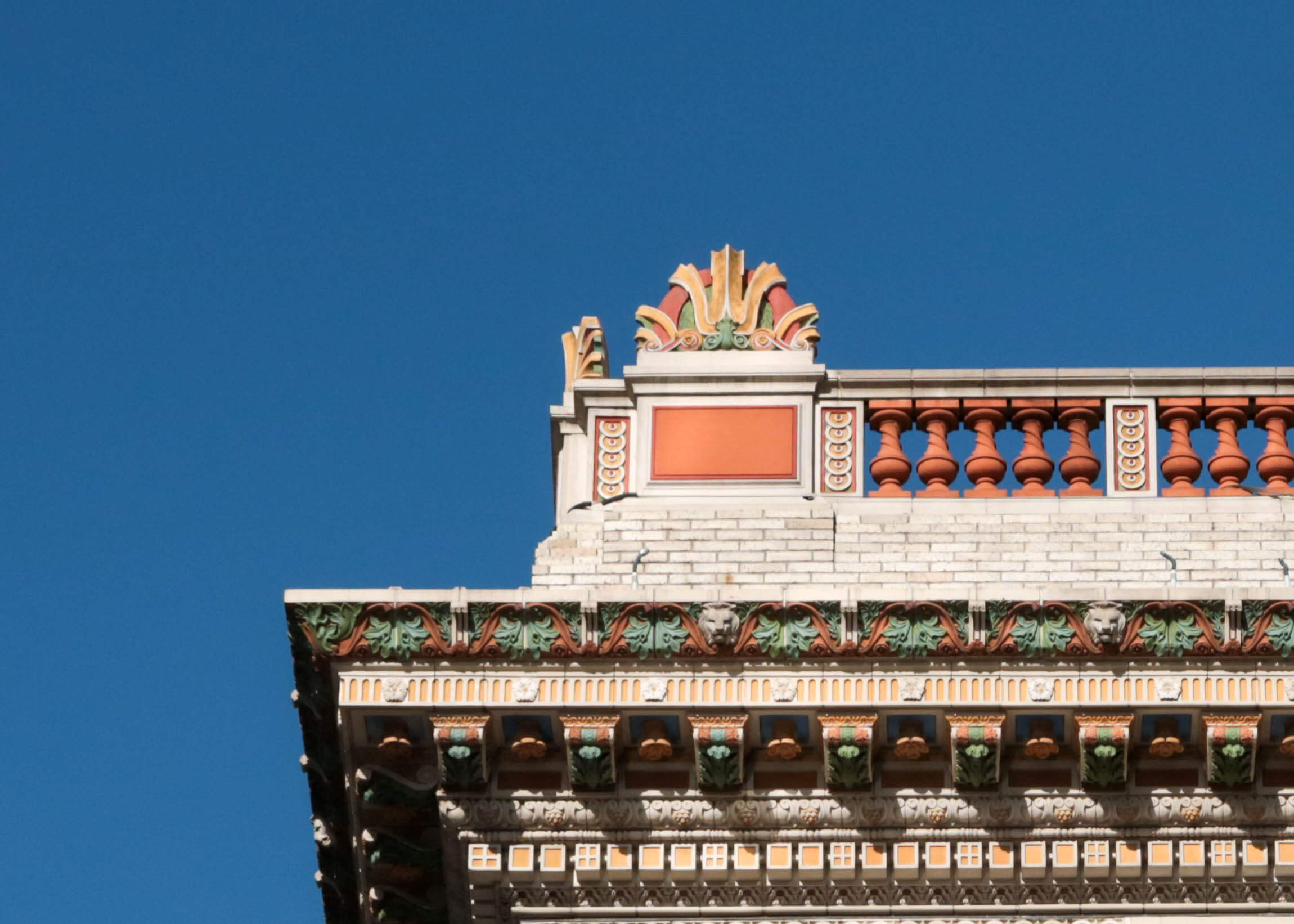
The colorful polychrome terra-cotta exterior complements the nearby Brooklyn Masonic Hall, which was built at the same time by a completely different architect and organization. The two buildings are among the best buildings in Fort Greene, as well as Brooklyn.
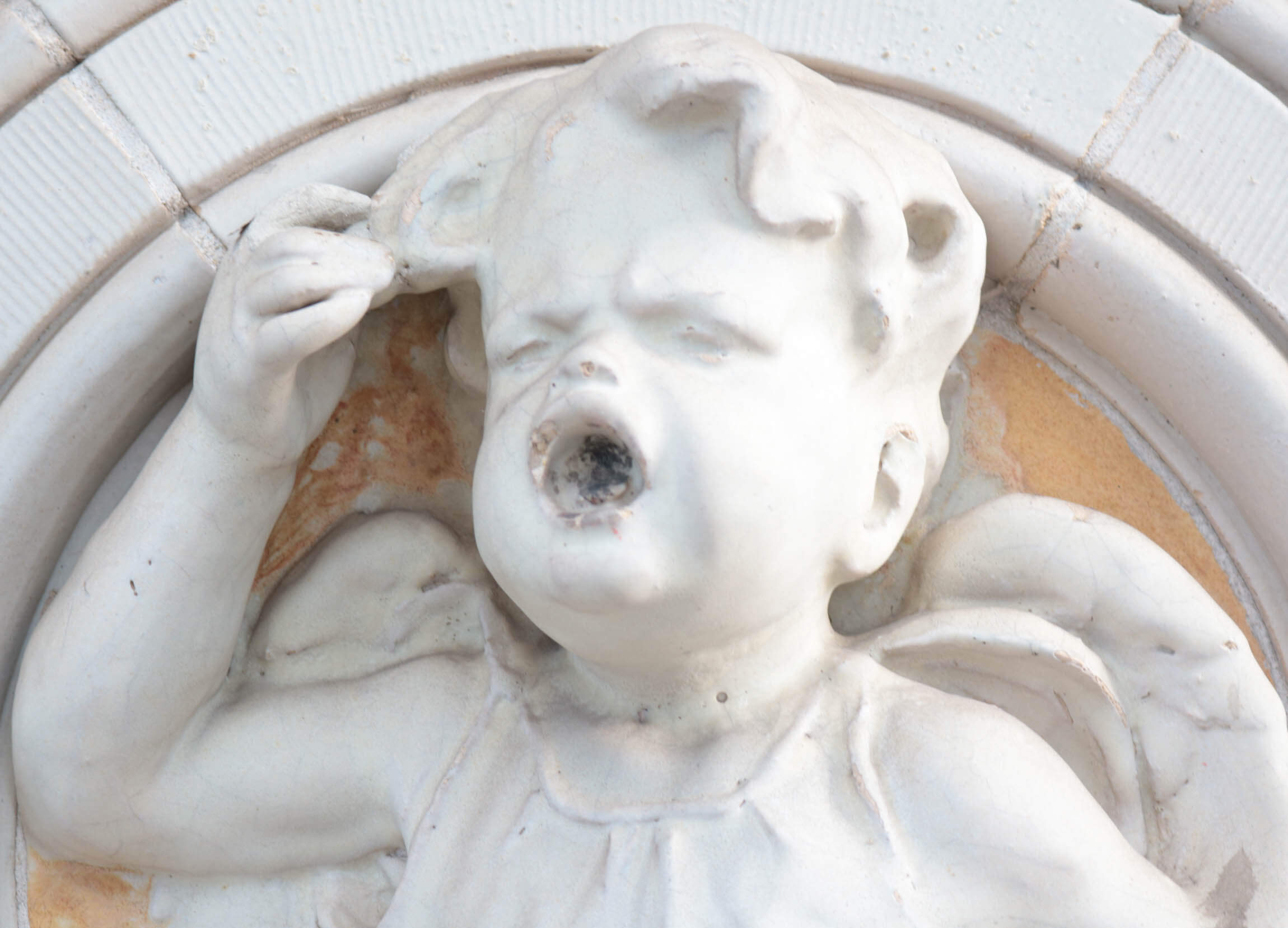
The façade is granite with cream colored bricks and terra-cotta trim. Fat putti playing musical instruments, along with garlands, decorate the façade.
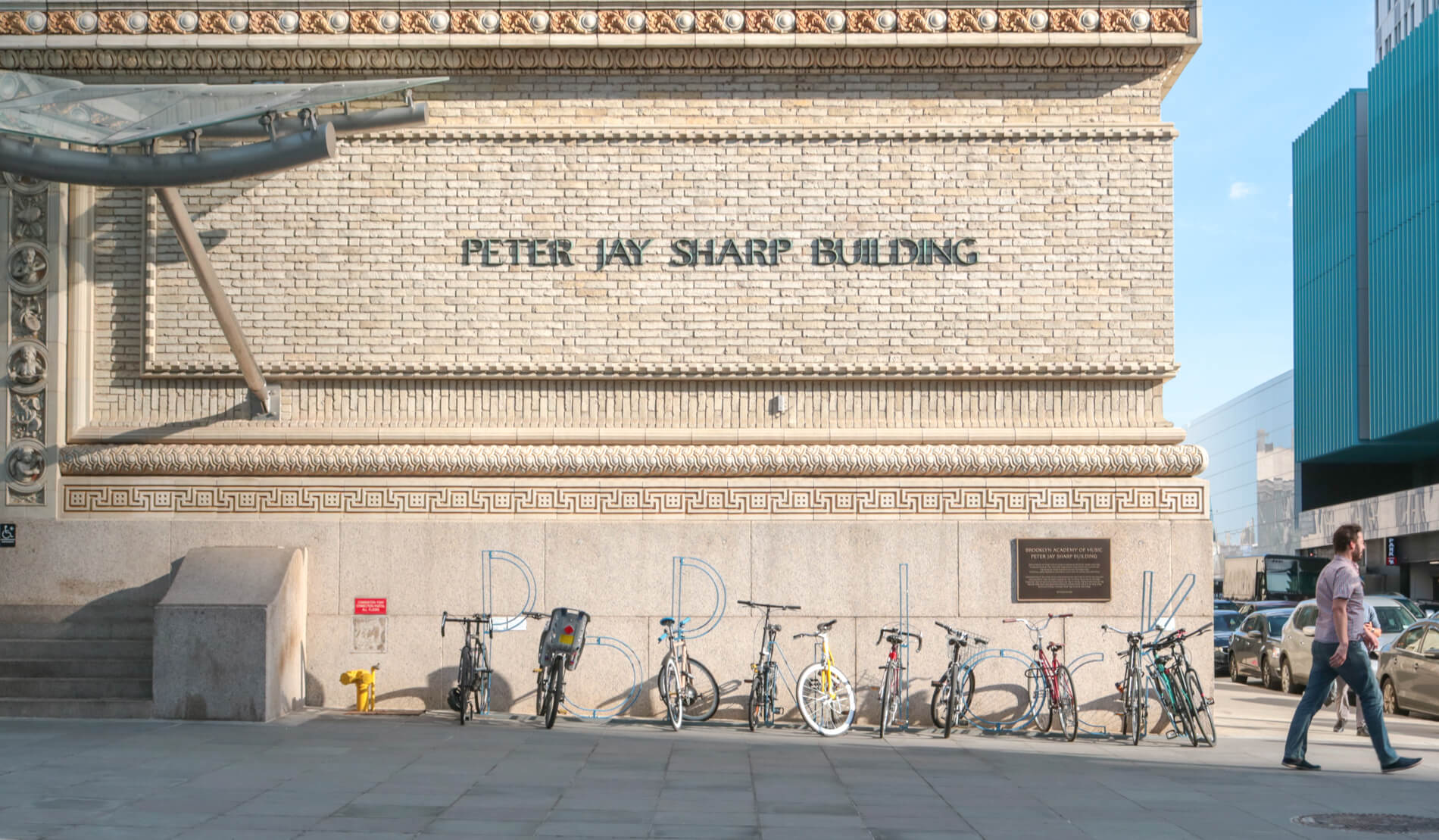
The opera house, which seats 2,200 people, opened on November 14, 1908, with a production of Faust starring Enrico Caruso and Geraldine Farrar. Other luminaries who have graced the stage include Isadora Duncan, Paul Robeson, Sarah Bernhardt and Rudolph Nureyev. Franklin D. Roosevelt also spoke in 1940, to a packed house, with thousands listening from the street. Winston Churchill also spoke here.
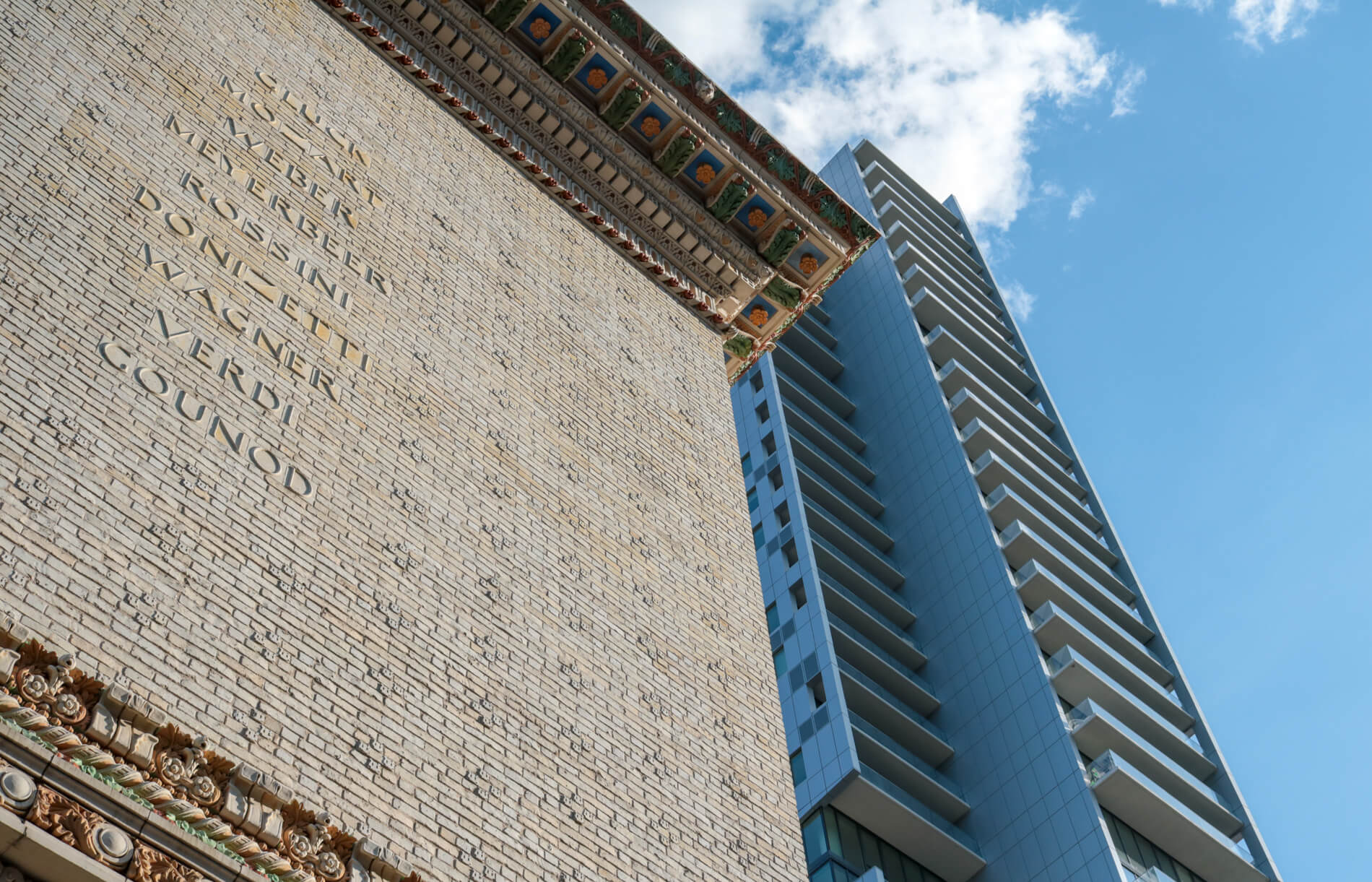
We can credit Harvey Lichenstein for the renewal of BAM as one of the city’s most innovative and important cultural institutions, which not only led to the restoration and repurposing of the spaces within the building but inspired the arts to come back to Brooklyn in a big way. The Brooklyn Academy of Music is once again Brooklyn’s cultural heart.
[Photos by Susan De Vries unless noted otherwise]
Related Stories
- Time Travel to Civil War Brooklyn and Beyond via the BAM Online Archive
- Building of the Day: 651 Fulton Street
- Building of the Day: 321 Ashland Place
Email tips@brownstoner.com with further comments, questions or tips. Follow Brownstoner on Twitter and Instagram, and like us on Facebook.









What's Your Take? Leave a Comment